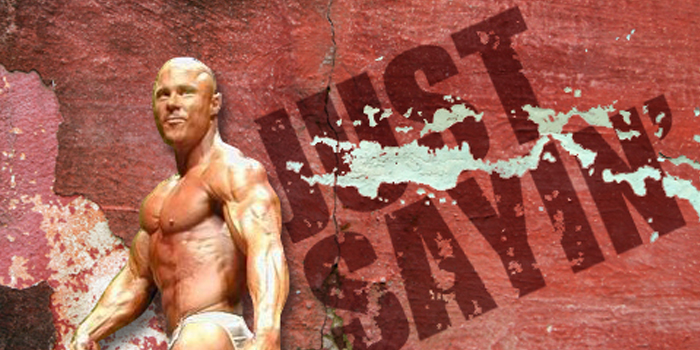
In atypical fashion, we have forgotten some very good exercises that were used by the masses decades ago. I say atypical fashion because in our industry or “sport” (and I use the term loosely), we tend to get locked into doing things, whether they work well or not, for long periods of time. It seems within the last five years or so there has been a new trend to “redefine” training by making up absurd intensity techniques, doing incredibly high volume training, and creating some of the dumbest exercises I have seen in my 30-plus years of training. You don’t need to look much further than Instagram to find many examples of stupid shit that makes no sense.
WATCH: The First Time I Trained with Ronnie Coleman
In the meantime, a lot of really good exercises have fallen by the wayside, either due to the advancement of machines that mimic old-school exercises or because of this new trend to just make up new exercises to make ourselves look all rocket-sciencey. Yes, I am a holdover from the '80s, as I was a teenager who started training during that time. I remember using many exercises back then that I see almost no one doing anymore. So, I have come up with a list of the seven exercises that I feel should never have been forgotten.
1. Triceps Kickbacks
This was a mainstay in the '80s; you simply did not train triceps without doing kickbacks. The only real downfall to this exercise was that it stressed the hell out of the rear deltoid due to having to stabilize the arm. Still, most of us could not only benefit from better triceps development but also more rear delt size. Today, fancy triceps machines have taken the place of one of the premier triceps exercises of the '80s.
2. Donkey Calf Raises
I find it funny that, in a world that attempts to demasculinize males, the bodybuilder fights hard to hold onto what little bit of machismo we have left. In the '80s, Arnold had no problem with Franco resting his balls on his back to get better calves. These days, if I have my wife on my back to do this exercise we get looks like, “WTF are you doing?” The other problem these days is that calves don’t count for what they did in competition back then. You can win a show with mediocre calves now, but you certainly couldn’t do that then — ask Tony Pearson.
3. Vertical Leg Press
Admittedly, these machines are hard to come by, but they are thankfully making a resurgence in a lot of smaller hardcore gyms. This is not an exercise for someone with lower back problems and you will have to be careful to limit the range of motion, as this exercise is most effective in the top portion of the range of motion. Even if you have lower back problems, it is an excellent machine to do calf raises on.
4. Sissy Squats
I can’t remember the last time I saw someone do these, and I get asked frequently what I am doing if I superset these with leg extensions. Done correctly, this exercise will fry the quads as a finisher. No, it isn’t a movement to build a lot of size, because resistance is limited. This is likely why this exercise was tossed to the side at some point in the early '90s. Still, if you superset extensions and sissy squats, tell me the next day you aren’t sore in places your quads have never been sore before.
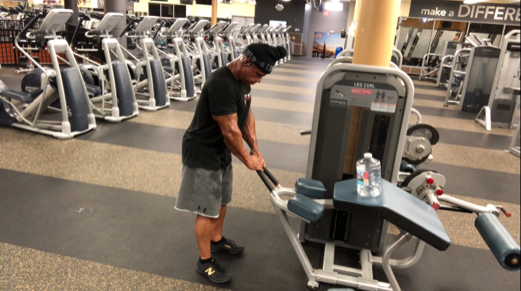
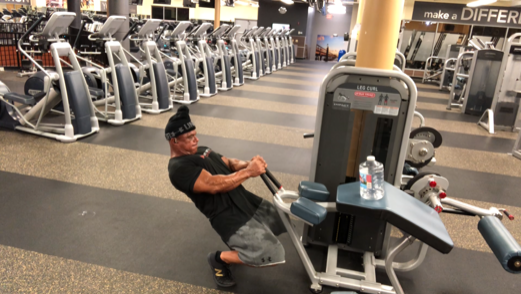
5. Angled Leg Press on the Balls of Your Feet
This is how most people performed leg presses in the '80s. These days, you are chastised if you don’t “drive with your heels” through the platform on all pressing or squatting movements. The argument is that rolling up on the balls of your feet and not pushing through the heels puts your knees in a vulnerable position. This can be true if you are using too much weight, have poor flexibility in your knees, or are not completely warm when doing this movement. It isn’t a heavy, low rep exercise, but if you use higher reps and finish with them, they can provide a lot more quad stimulation near the bottom of the quad where most people need development.
6. Elevated Heels While Squatting
Squatting in the '80s was almost always done with the heels elevated by two five-pound or 10-pound plates. It’s just how we squatted. The thought process was correct in that it pushed more work to the quads and less stress on the lower back. Again, at some point this was deemed blasphemous in the early '90s and you would be hard-pressed to find anyone doing squats this way by the mid to late '90s. I will admit that there is now a trend to use elevated-heel shoes that basically accomplish the same thing, but even that has caught on slowly (in bodybuilding, not powerlifting, of course). If you want to save $200 on fancy shoes, you can just elevate the heels with weight plates.
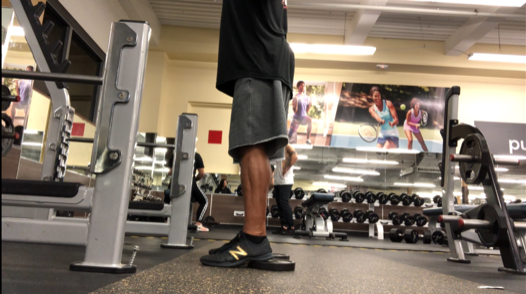
7. Behind-the-Neck Press
Slowly, this movement has begun to make a comeback, even though most people still believe that this movement causes shoulder pain and puts the shoulder in a vulnerable position. Yes, if you have poor flexibility, it most certainly does. That is likely more an issue of poor flexibility and less an issue of the exercise itself being poor. Execution is also important. You don’t want to have the bar touch your traps, as that range of motion is not needed. The bar should end up halfway down the back of your head and pressed back to full lockout for what I consider to be one of the best side delt exercises available. Yes, I said “side delt.” Most people consider all overhead pressing to be front delt dominant, but that is not the case with behind-the-neck presses when the shoulders are directly to the side of the body in the bottom position. Try these with a light weight and finish your delt workout with them and see if your side delts aren’t fried the next day.
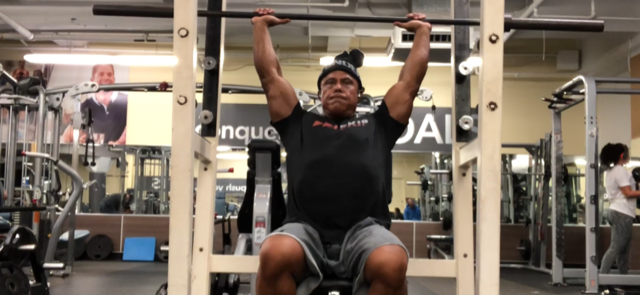
As an industry (as with a lot of other industries and sports), we tend to think that we can do better than the last generation — that we can think of things that the last generation did not. Sometimes we can, and other times the things that were done before you were in diapers were done for a reason: they WORKED. Thinking that we have come up with new or better ways to do something doesn’t always mean we are right. It just means we think we are smarter than the people who came before us.
Go old school and give these exercises a shot. Be smart and warm up well (as you always should) and be honest when you grade the results. I think you will find at least a few gems in my list, and they may even become a mainstay in your program. Just be ready for old-timers to compliment you on your exercise selection and the skinny-sweats generation to possibly do a quick video of you doing one of these exercises and post it to their Instagram account stating how fucking stupid you are.










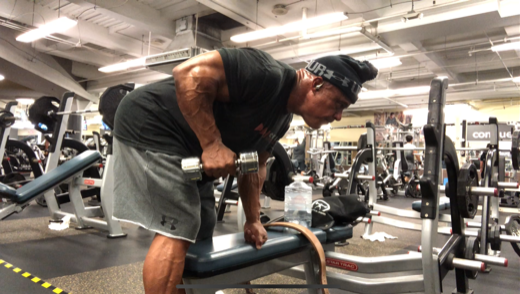
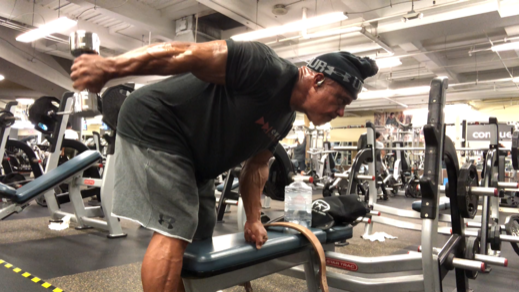
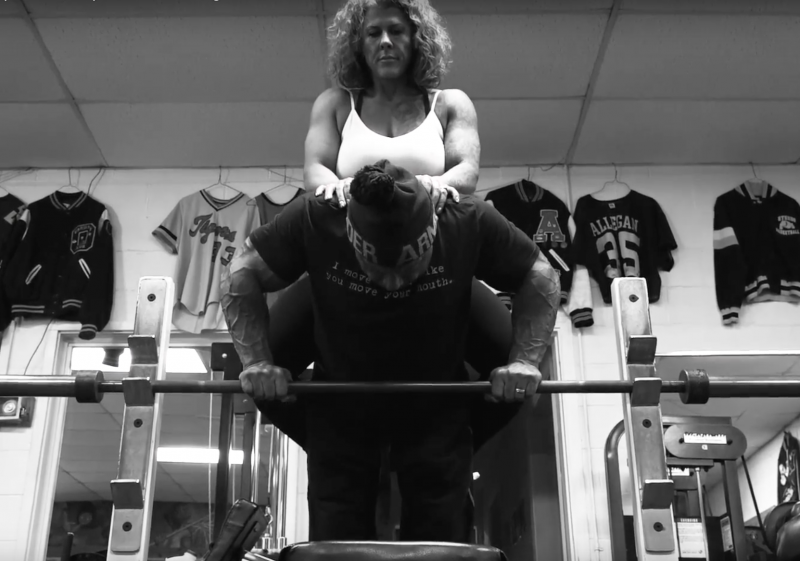
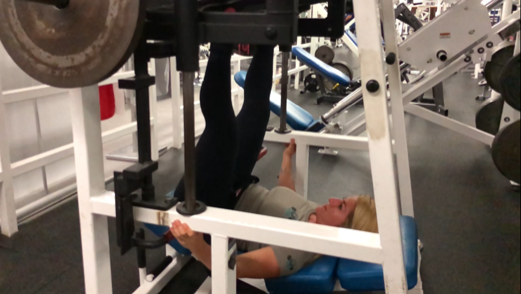
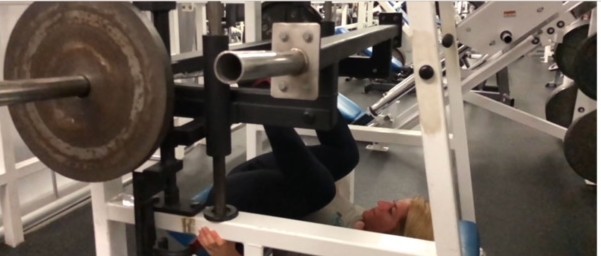
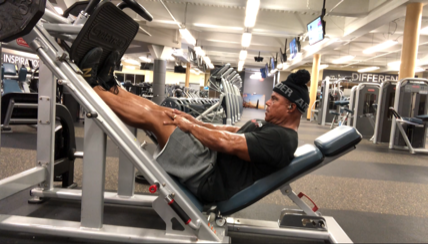
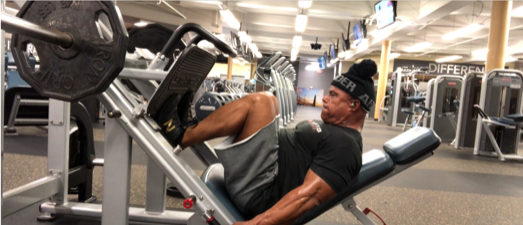
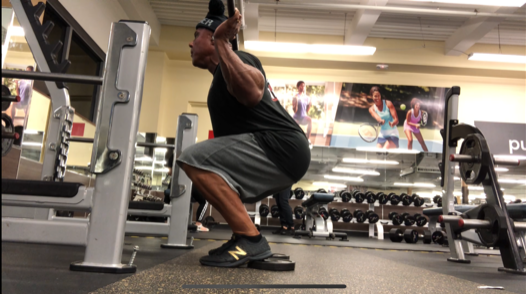
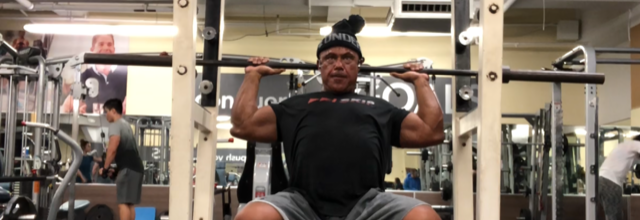
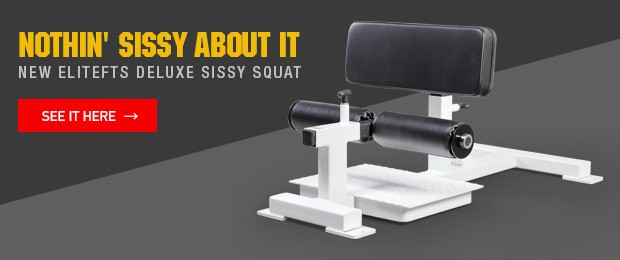
2 Comments